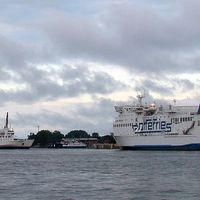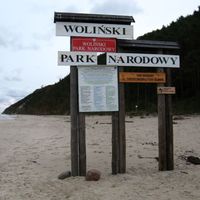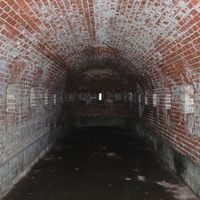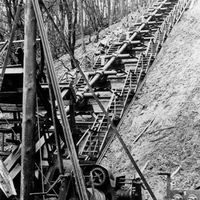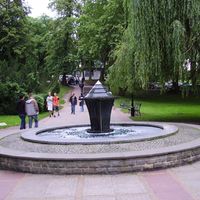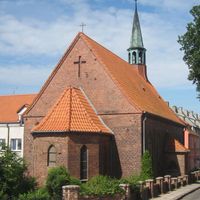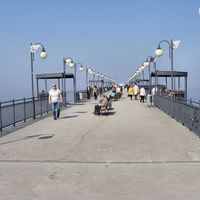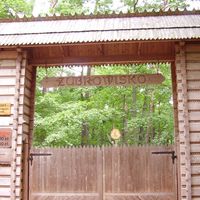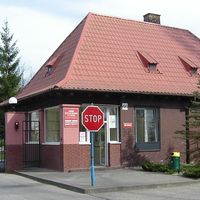Wolin
8.33
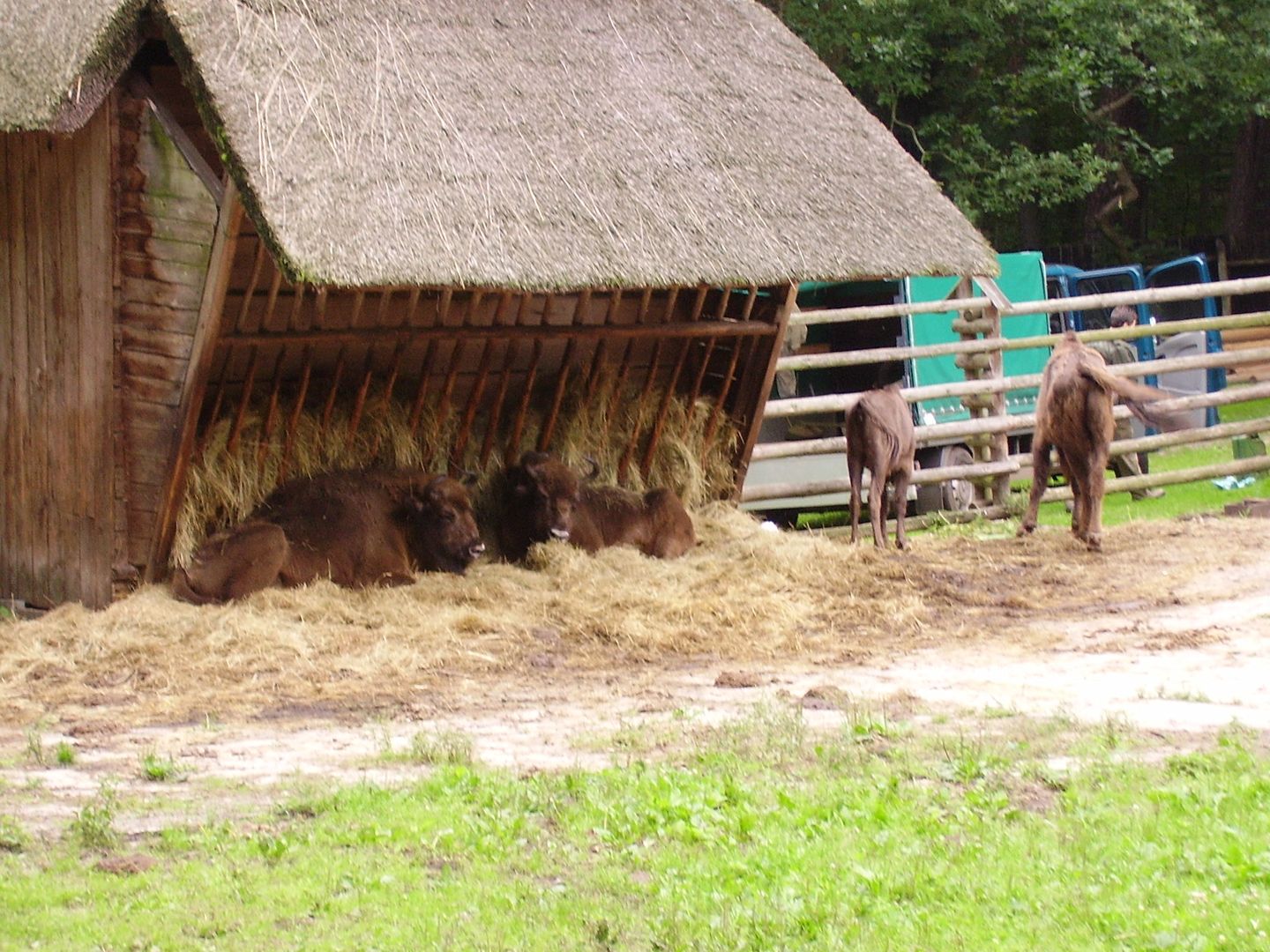
Overview
Wolin, Poland's largest island, located on the southern shore of the Pomeranian Bay, boasts rich natural assets, including moraine hills, forested areas, and a cliff-lined coast. The island is renowned for its three peninsulas, picturesque bathing spots, and the Wolin National Park. Tourism thrives thanks to attractions such as the annual Festival of Slavs and Vikings and the Slavs and Vikings Center. Wolin's history dates back to the Neolithic era, and in subsequent centuries, it was inhabited by the Goths, Slavs, and the Wolinians, who established a vibrant trading hub. The earliest mentions of the town come from the 9th century, when Wolin was one of the largest ports on the Baltic Sea. In the 10th century, the town became a subject of disputes between Poland and Denmark. After a series of conflicts over the city, including battles with Mieszko I, a bishopric was established in Wolin, and in the 12th century, the town once again came under the rule of the Piasts. In the 13th century, Wolin declined in importance in favor of Szczecin. Over the centuries, it suffered numerous destructions, including during Danish invasions and the Thirty Years' War. In the 18th century, following the end of the Great Northern War, the island became part of Prussia. After World War II, Wolin was incorporated into Poland, and its former inhabitants were displaced. Post-war, the town began to rebuild, and its archaeological significance was recognized through the establishment of an archaeological reserve. Wolin is an important site for research on Slavic settlement, and its historical and cultural heritage lives on in local legends, such as tales of the lost Venice and the Scandinavian Jómsborg.
Location
2025 Wizytor | All Rights Reserved
